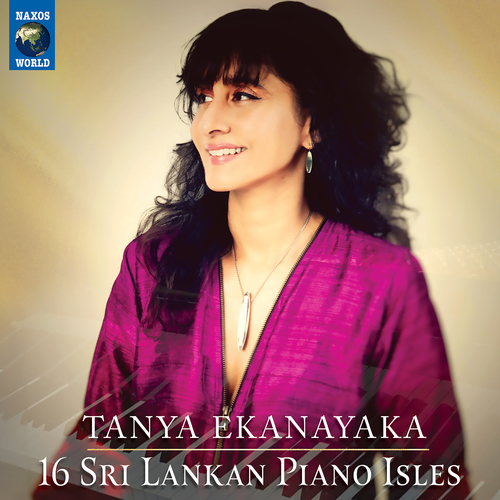In addition to its own wide-reaching monthly new releases (see www.naxos.com/newreleases.asp), Naxos also distributes several leading labels in many countries around the world. Here is a choice selection of recent releases from some of these distributed labels.
Chandos Records is one of the world’s premier classical music record companies, best known for its groundbreaking search for neglected musical gems. The company has pioneered the idea of the ‘series’ and proudly includes series of such composers as Prokofiev, Tchaikovsky, Parry, Walton, Grainger, Berkeley and Bridge. Renowned for its superb sound quality, Chandos has won many prestigious awards for its natural sound.
Oscar Wilde’s play Salome was conceived for the actress Sarah Bernhardt and was originally planned for performance in London, in 1892. The play was blocked by the sensor (it was forbidden at the time to depict biblical characters on stage) and so first given in Paris instead, in 1896. Wilde never saw his play performed, as he was serving a prison sentence for homosexual acts whilst the only two performances in his lifetime occurred. Subsequently the play gained popularity in Germany, and having attended a performance in Berlin in 1902, Strauss determined that this would be the subject for his third opera. First performed in 1905, Strauss’s Salome has gone on to become much better-known than Wilde’s play, and is regularly performed at opera houses around the world. This live recording was made at a performance at the Usher Hall, in Edinburgh, as part of the Edinburgh International Festival in August 2022. Edward Gardner and the Bergen Philharmonic Orchestra are joined by an outstanding cast of soloists, led by Malin Byström in the title role, Gerhard Siegel as Herod, Katarina Dalayman as Herodias, and Johan Reuter as John the Baptist. Recorded in Surround Sound and available as two Hybrid SACDs and in Dolby Atmos Spatial Audio.
John Wilson and Sinfonia of London complete their set of Rachmaninoff symphonies with this recording of the First Symphony and the Symphonic Dances. Rachmaninoff hoped that the First Symphony, composed in 1895, would build on the reputation of his graduation opera Aleko, which had proved a great success. The première, in St Petersburg in March 1897, was, however, a disaster. Rumour had it that the conductor, Alexander Glazunov, was drunk: true or false, it seems clear that he had little interest in the piece, leading to a raft of scathing reviews. This setback hit Rachmaninoff very deeply, and is considered by many to be the reason for the following three-year creative block only lifted by a course of hypnotherapy. Rachmaninoff left the score in Russia when he fled the revolution in 1917, and it was subsequently lost. Two years after his death it was reconstructed from a set of orchestral parts in the Leningrad Conservatory, and given its second performance, in Moscow, in October 1945, since when it has gained its place as standard orchestral repertoire around the world. The Symphonic Dances were written towards the very end of the composer’s life, and started out in a version for two pianos, which Rachmaninoff performed with Vladimir Horowitz. He then set about orchestrating the work, which was first performed by the Philadelphia Orchestra and Eugene Ormandy in January 1941. Set in three movements, the Symphonic Dances reference the theme from the final movement of the First Symphony. In this recording, Sinfonia of London plays from John Wilson’s own performing edition of the work.
Before the publication of his Hungarian Dances in their original version for piano four hands, Johannes Brahms was relatively unknown to the educated middle class, but the works established the composer’s fame and reputation. In their subsequent orchestral versions, the Dances entered the repertoire of prestigious concert orchestras and, after the advent of music recording and reproduction technology, went on to gain even wider popularity. On this album, we present Brahms’ 21 Hungarian Dances in their orchestral versions, in a studio production with the Munich Radio Orchestra under its former chief conductor Roberto Abbado.
Skallsjö Sommarorkester was founded based on a shared love for music and on a firm belief in its universal power. We believe that music has a unique way of building bridges and bringing people closer together, and one of our favourite ways of showcasing this has been to challenge traditional genre clasisfication. We believe that when sound is released from traditional boundaries, its power to fuse people and cultures together grows stronger. We might call this classical fusion, but such categorisation is unnecessary in the face of the power of music.
It took almost a hundred years for Charles Koechlin’s First Symphony to receive a recording worthy of its stature, and over a year for conductor Ariane Matiakh to prepare the performance materials. After her highly praised recording of Koechlin’s Seven Stars Symphony (C5449), this album is another welcome foray into the largely unexplored symphonic world of a fascinating composer, a sort of French chameleon who felt comfortable anywhere between Bachian counterpoint and the heights of French impressionism. The earlier Au loin, Poème symphonique and 3 Mélodies (orchestrated posthumously) complete the scintillating programme.
Lepo Sumera (1950–2000) was one of the most important figures in Estonian music after WW2. Sumera can also be considered among the most important European symphonists of his era: between 1981 and 2000 the composer wrote an impressive series of six symphonies. These dramatic and emotionally-packed works of great beauty and contrasts were greatly admired by, among others, John Adams. This new album by the Estonian National Symphony Orchestra and conductor Olari Elts is the first instalment in a new fascinating symphony cycle.
For Italian composers of the 18th century, the stage was the primary focus. However, Giovanni Battista Viotti, an exceptional violinist and composer, sought instead a career at the Concert Spirituel in Paris, where his performances seduced and astonished the public. His compositions also established the new standard in violin concertos, laying the foundation for the French violin school. This premiere complete recording of Viotti’s 29 concertos reveals the full range of his technical and expressive mastery, showing why he was an influence on Paganini, and was admired by Brahms.
Mieczysław Weinberg flourished as a composer despite working amidst political and personal setbacks. He gained the admiration of Shostakovich, and was championed by the leading Soviet musicians of the day. The soulful Cello Concertino with its Yiddish overtones and melodic eloquence was discovered posthumously, and is effectively a preliminary version of the more elaborate and intense Cello Concerto. The potent Romantic nature of the Concerto has made this one of Weinberg’s most performed large-scale pieces. The Fantasia is an appealing early work – expressive and spontaneous. The orchestral piece Polish Melodies, Op. 47, No. 2 recorded during the sessions for this album is available to download and stream (Naxos 9.70381).
Acknowledged as a definitive model of Italian Romantic melodrama, Lucia di Lammermoor was one of Donizetti’s greatest triumphs, and its popularity led him to produce a French version for Parisian audiences. Lucie de Lammermoor became the ‘other Lucia’, with the opera’s tragic tale of feuding families and doomed romance modified in a way that deepens the characters and makes it an even more brutal and emotional theatrical experience than the original. This new Lucie de Lammermoor made its debut in 1839 with enormous success, becoming a cornerstone of French culture.
Gli uccellatori (‘The Bird Catchers’) was first staged in Venice in 1759 and proved so successful that the opera was performed during the next decade throughout Italy, Spain, Poland and Germany before being performed in Vienna in 1768. Its composer was the distinguished Bohemian, Florian Leopold Gassmann, teacher of Salieri and nominated as Gluck’s successor in Vienna. The plot, based on a libretto by Carlo Goldoni, concerns amorous intrigues and the buffo antics of three bird catchers and two knowing maids. Gli uccellatori is an opera with a wealth of motifs and a vibrant atmosphere, full of spirited wit and theatrical charm.
Dance of the Night Sky, Black Oak Ensemble‘s third album for Cedille, expands the boundaries of string trio repertoire by offering listeners a vibrant collection of contemporary works including four world-premiere recordings, all by British women composers.
Comprised of violinist, Desirée Ruhstrat violist Aurélien Fort Pederzoli, and cellist David Cunliffe, the Black Oak Ensemble has been praised for its “insightful, committed and masterful performances” (ClassicsToday) and “fierce eloquence” (London Times).
Nathan Davis’s Earthworks is a unique acousmatic piece, a 40-minute conceptual and musical love child of land art, environmental activism and music concrete in which the composer orchestrates the sonic outcome of the extraction, processing and use of common commercial materials of our contemporary built environment. It is an audio tapestry of drilling, fracking, stirring, slurring, scraping, cracking, popping and hammering, with the bright thread of one very intimate human voice woven through it.
Erik Højsgaard’s (b. 1954) music has always possessed a dreamlike quality, where everything moves in the space between reality and our memory of it. This album brings together three of Højsgaard’s key works: in Essays, he captures the magical atmosphere of Venice, while Udstillingsbillede transforms L.A. Ring’s iconic painting into a musical reflection. The album concludes with Please Accept a Sunset, where fragments of literary worlds intertwine within a soundscape imbued with a dreamlike resonance.
Giulio Castagnoli’s musical heritage is wide-ranging and diverse, steeped in the ancient music of the Maghreb and Andalusia, and prominently influenced by the vibrant colours of Monteverdi’s madrigals and the complexity of Giacinto Scelsi’s orchestral music. The essence of his works lies in his understanding of the physical realities of life and music. His mother’s family was of Sephardic Jewish origin, and this brought him closer to the sound and spiritual world of the Middle East, while the music of India and the Far East has also influenced his compositions over time.
Sergey Rachmaninov’s two Elegiac Trios became the pinnacle of Russian musical symbolism, forming an epigraph to the revolutionary upheavals that split Russian civilisation and Rachmaninov’s life in two. The moods of nostalgia and echoes of soulful longing found in these works are infused with ideas of death. The beautiful theme of the Trio élégiaque No. 1 in G minor transforms into a funeral march in the epilogue, while the complex Trio élégiaque No. 2 in D minor is a memorial to Tchaikovsky filled with powerfully prophetic symbols most notably the Dies irae motif.
On their third recording, the outstanding concertante duo Reinhold Friedrich & Eriko Takezawa bring to life music that has hitherto lain dormant or not yet appeared in a deservedly splendid light. In their new album production, the two exceptional artists present three new discoveries by Alexander Albrecht, Boris Asafiew and Harold Shapero, which are of the utmost importance for the trumpet-piano repertoire. Also noteworthy are the three important repertoire works, the sonatas by Thorwald Hansen, Jean Hubeau and George Antheil, which shine in completely new splendour here. The works are all set between the end of the Romantic period and the transition to the modern era.
One can already speak of a historically important recording, as this is the last album production in the “old” Hans Rosbaud Studio in Baden-Baden before the building was demolished. This acoustically valuable space was home to the great and greatest composers of our time – from Olivier Messiaen to Jörg Widmann, from Bernd Alois Zimmermann and Karlheinz Stockhausen to Peter Eötvös and Wolfgang Rihm.
This album Sonatae e Variácie certainly has the potential to become a milestone in the repertoire for trumpet and piano.
The renowned Genova & Dimitrov Piano Duo celebrates its 30th anniversary in 2025. The duo has been honoured with numerous international awards and recordings. With the recording of all of Debussy’s works in three volumes for piano duo, the Genova & Dimitrov Piano Duo is now appearing on the Oehms label. The programme includes both well-known and lesser-known works, some of which are versions of orchestral works such as the famous Prélude à l’après-midi d’un faune. The recording was made in co-operation with WDR Broadcast.
The recording project Labyrinthoi (Labyrinths) is a collaboration between saxophonist Isacco Buccoliero and composer Andrea Siano. Driven by a strong desire to explore the saxophone’s timbral and technical possibilities, the two Apulian artists worked on arrangements and compositions of original pieces. Their aim is to expand the saxophone repertoire by drawing from tradition while creating new musical forms and styles. The entire project is inspired by the imagery evoked by the labyrinth: a timeless archetype that speaks to humanity and its inner condition within the cosmos. It reflects the perpetual search for a path that is often winding and whose completion presents itself as a daunting challenge, despite the ease with which one may have entered it.
Vittorio Rieti won esteem for his orchestral music which was conducted by titans such as Toscanini and Stokowski, but the piano remained his greatest musical love. Rieti’s vivid freshness can be appreciated in the selections in this volume, which ranges from the choreographed movement of his late works, including the Variazioni enarmoniche – an example of his elegance, humour and command of variational form – to the deliciously descriptive wit of his early works. Giorgio Koukl, whom The Art Music Lounge called ‘one of the five or six greatest living pianists today’, is once again joined by award-winning pianist, Virginia Rossetti – together they offer ‘an object lesson in duo-piano balance’ (Fanfare on Volume 2 in this series, GP938).
Mauricio Sotelo (*1961) is one of Spain’s most important and internationally recognised composers today. He has received numerous prizes for his music, including the Spanish National Music Prize in 2001, the International Reina Sofía Composition Prize in 2000, the Ernst von Siemens Music Foundation Composition Prize in 1997 and composition prizes from the cities of Hamburg, Cologne and Vienna
Estelas en la mar (”A keel track in the sea“) is a work commissioned by the SWR Vokalensemble, written in 2022 and premiered in Germany in the same year, at the Gaisburg Church (Stuttgart).
By the age of 30 Erich Zeisl was considered one of Vienna’s leading composers. His compositions included chamber works, choral and orchestral pieces, opera and ballet, and Lieder. His settings from Des Knaben Wunderhorn invariably evoke a Mahlerian lineage as Zeisl draws on imagery of light and dark, sunshine and death. In this volume his early songs are juxtaposed with his last, from 1938, a graphic setting of Komm süsser Tod. In exile he wrote no more songs. After the Anschluss, which wrecked his career, Zeisl escaped to America where he endured frustration and ultimately rejection as a film composer at MGM. During this time he composed a piano anthology for his daughter, Barbara, in which he created charming miniatures tailored for the young learner.
Adolphe Adam is famous for the popular ballets Giselle and Le Corsaire, with his stage works being highly influential in the development of 19th-century musical theatre, most especially in the evolution of the Romantic ballet. The colourful and innovative Griseldis, ou Les Cinq Sens narrates the adventures of Elfrid the Crown Prince of Bohemia, on a journey of discovery and growing self-awareness as he travels to meet his prospective bride, Griseldis, Princess of Moldova. Heard here in its world premiere recording, Griseldis is one of Adam’s most important ballets.
Jørn Lier Horst is one of Scandinavia’s most popular and widely read novelists. His Wisting novels, which focus on Chief Inspector William Wisting, have been turned into a compelling TV series over five seasons (2019–25), receiving worldwide acclaim. Danish film composer, Jacob Groth, has written the music for this popular Nordic Noir series with a soundtrack that reflects the dark drama as Wisting makes horrific discoveries while struggling to track down Norway’s most deadly and enigmatic killers.
A film by Jan Schmidt-Garre
Francesco Piemontesi, a BBC Music Magazine award-winning pianist and lauded as a ‘wonderful Mozartian’, has an intense curiosity about his fellow artists – their pianos, the sonorities they cultivate, the secret elements that animate their playing, and what drives them. In this documentary by Jan Schmidt-Garre, filmed over one year, Piemontesi talks with some of the world’s leading performers, including his mentor Alfred Brendel, Maria João Pires, Stephen Kovacevich and Antonio Pappano, in a series of revealing encounters that illuminate their individual approaches to the instrument, its colour and form. The film is complemented by a bonus 60-minute recital by Yulianna Avdeeva, Zlata Chochieva and Francesco Piemontesi, played on Rachmaninoff’s Steinway piano at Villa Senar, his home in Switzerland during the 1930s.
The opera season in the ancient Roman Arena is an event that attracts thousands of music lovers to Verona every summer. Nearly 22,000 spectators regularly fill the amphitheater for the performances. This production filmed at the Arena di Verona honours Italian stage director and filmmaker Franco Zeffirelli and his legendary production of Turandot. His imposing cinematographic production reproduces imperial China through its impressive scenery and scenes, enriched by the sumptuous costumes of the Oscar-winning Japanese costume designer Emi Wada. Everything serves to highlight the atmosphere of this enigmatic drama par excellence, where life itself is in danger and the answer lies in love, which melts the protagonist’s icy heart.
A 3-disc box set showcasing acclaimed productions by The Royal Ballet’s resident choreographer Wayne McGregor
In Chroma, Infra and Limen (2008), McGregor pursues his passion for exploring the inner workings of the human body and mind, his many-layered and beautiful dances providing visual, sensual and kinaesthetic stimulus for the viewer.
Woolf Works (2017), McGregor’s first full-length work for The Royal Ballet, recreates the synaesthetic collision of form and substance in the writings of Virginia Woolf. The three acts spring from Woolf’s novels Mrs Dalloway, Orlando and The Waves, enmeshed with elements from her letters, essays and diaries.
The Dante Project (2021) realizes Dante’s epic journey through the afterlife in The Divine Comedy, combining McGregor’s groundbreaking choreography with a virtuosic new score by Thomas Adès and designs by the renowned artist Tacita Dean. This world premiere recording also marked the final production starring acclaimed dancer Edward Watson, after 27 years with the Company.
Uniquely inspired by sixteen pristine, biodiverse isles belonging to the territory of her homeland Sri Lanka, Tanya Ekanayaka’s sixteen contrastive and palpable compositions, or ‘Piano Isles’, comprising this album, embody two distinct forms of composition-performance.
Eight works were composed between 2022 and 2024. The remaining eight Extempore Compositions involved simultaneous composition-recording, on a single day of the album recording session in April 2024, each as a whole, and each incorporating a distinct musical motif – a form of artistry never presented through any of Tanya Ekanayaka’s previous work.
Make sure to subscribe to Naxos newsletters for other great offers.








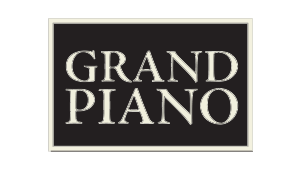
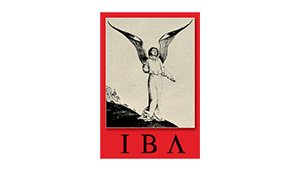






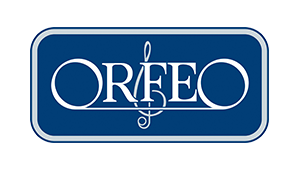












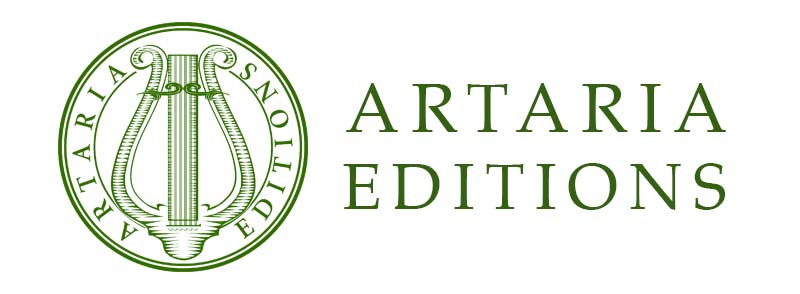



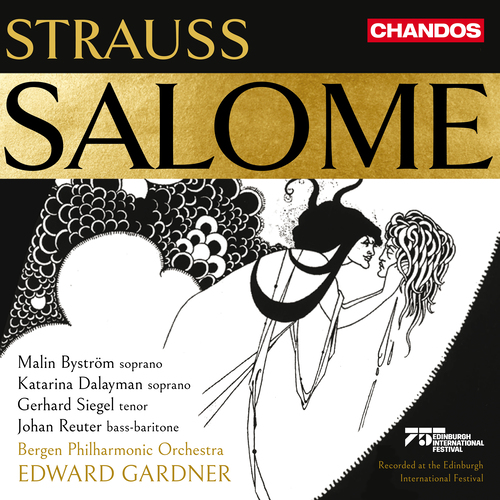
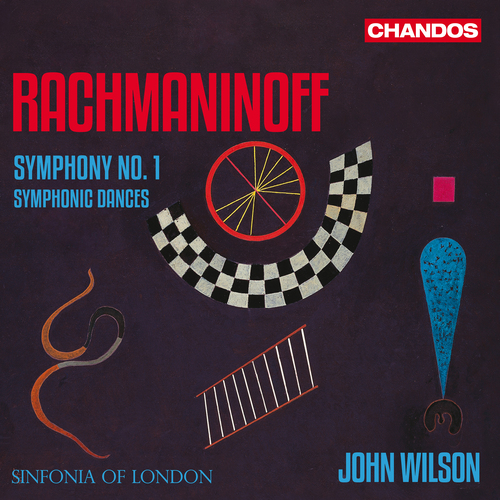
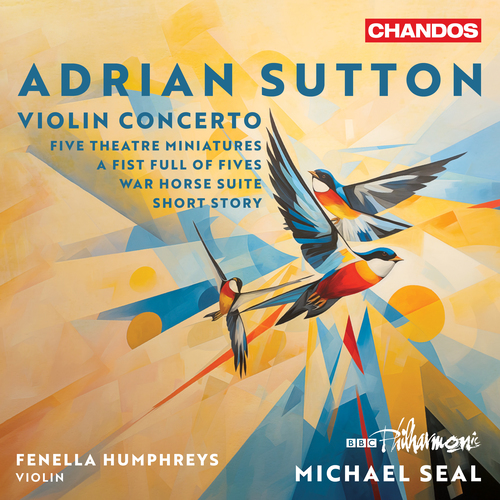
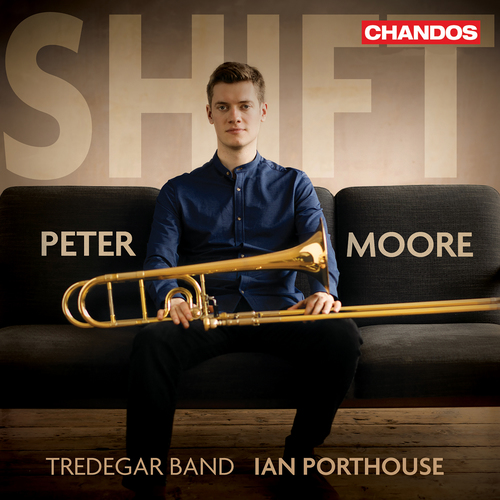
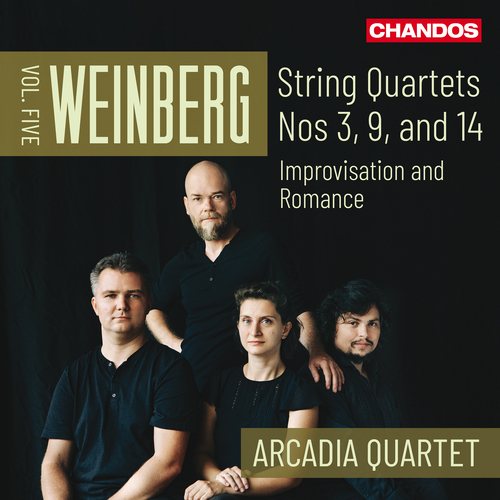
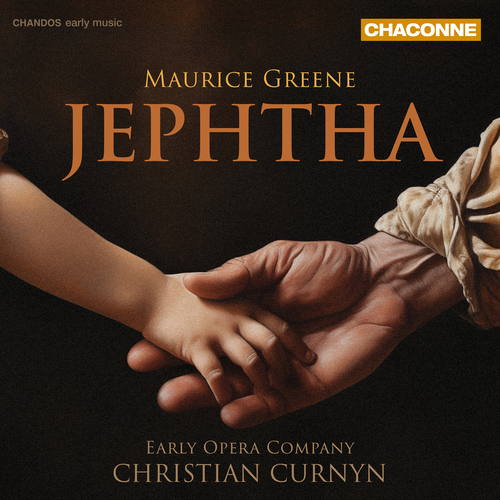
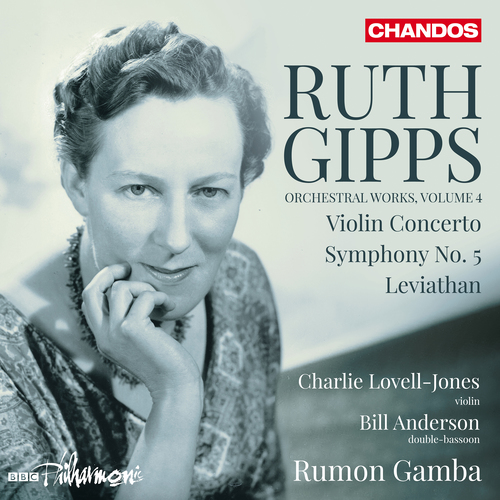
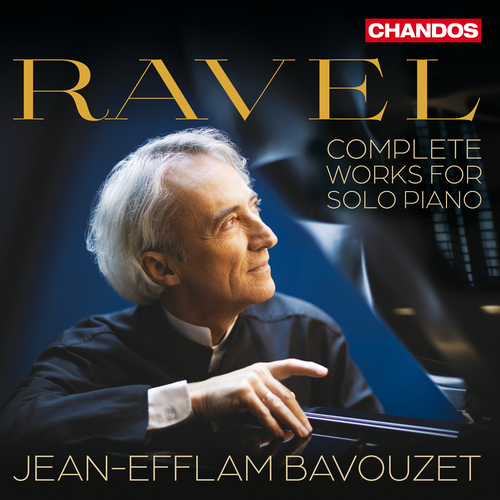
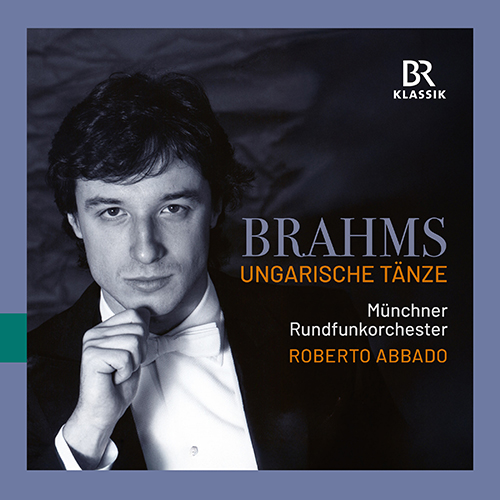
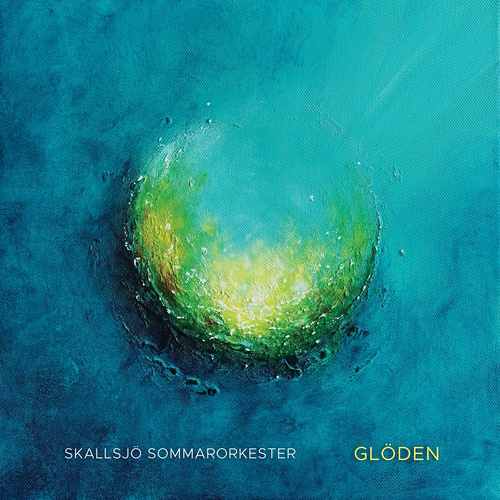
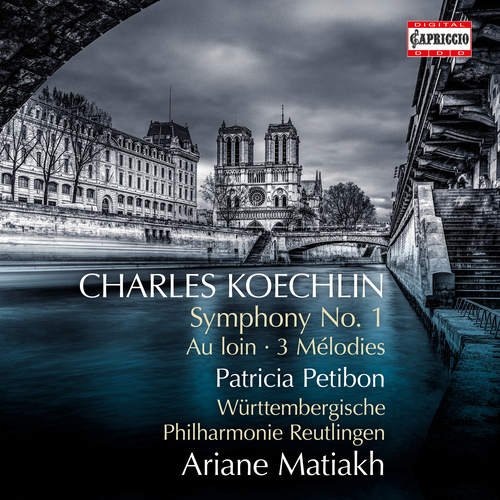
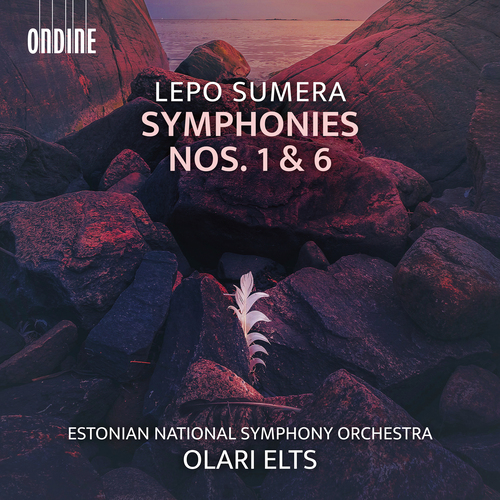
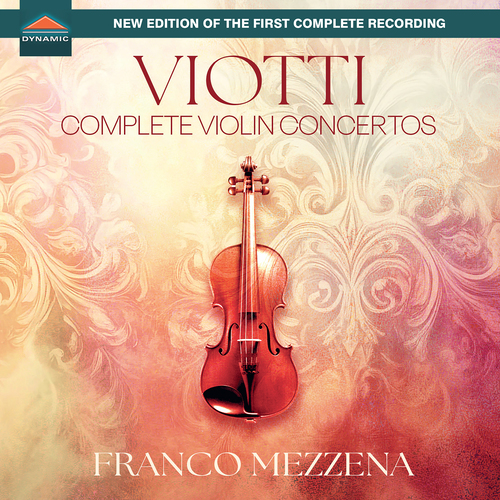
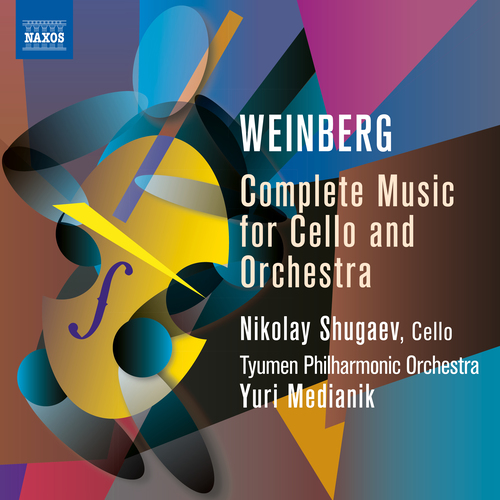
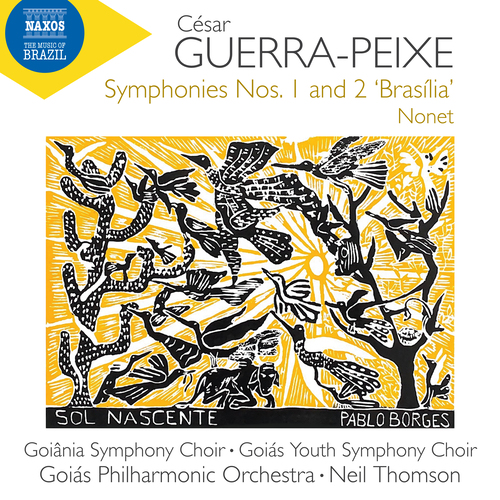
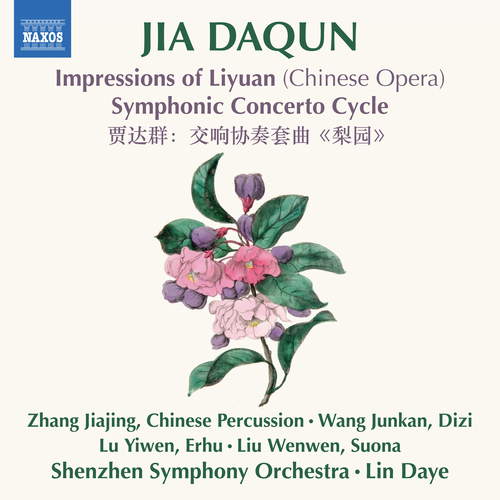
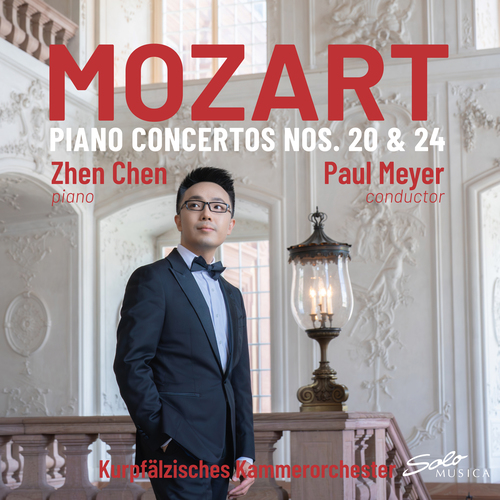
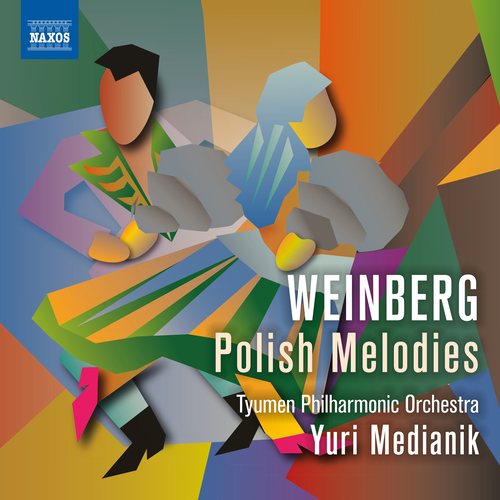
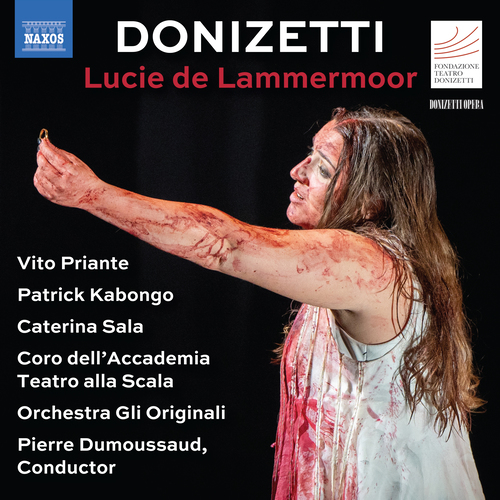

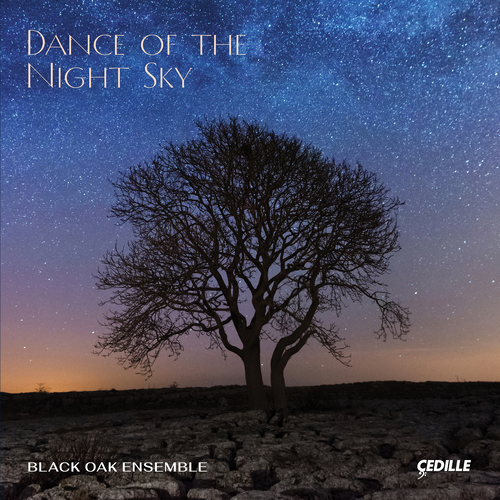
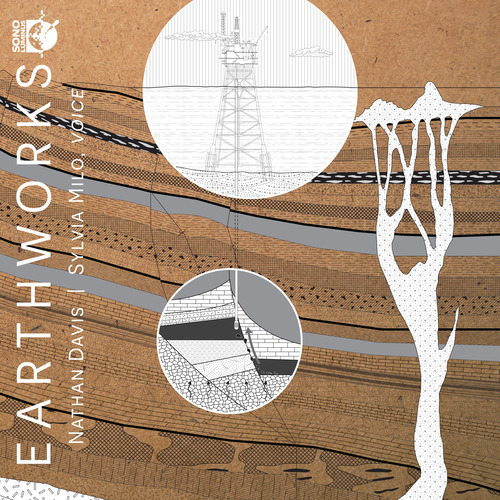
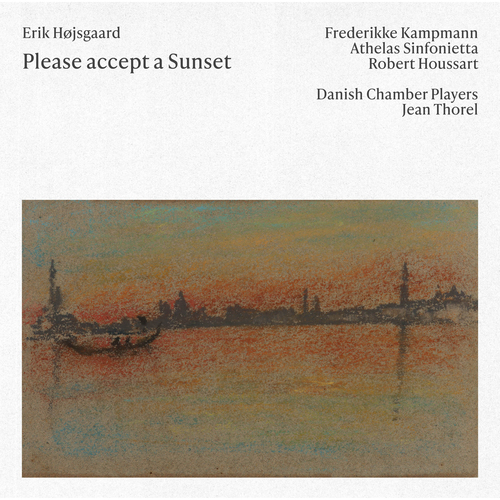
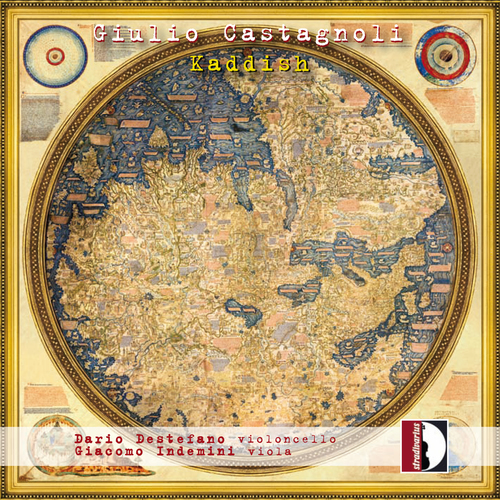
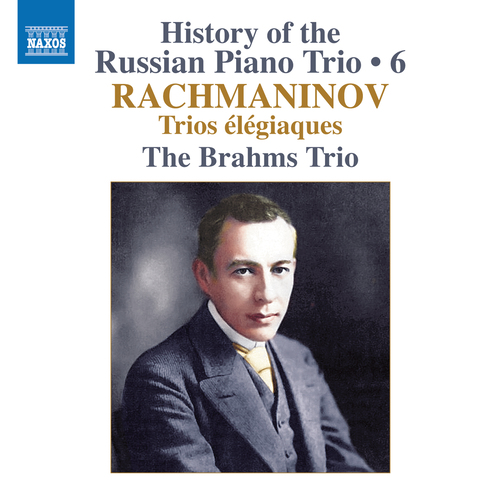
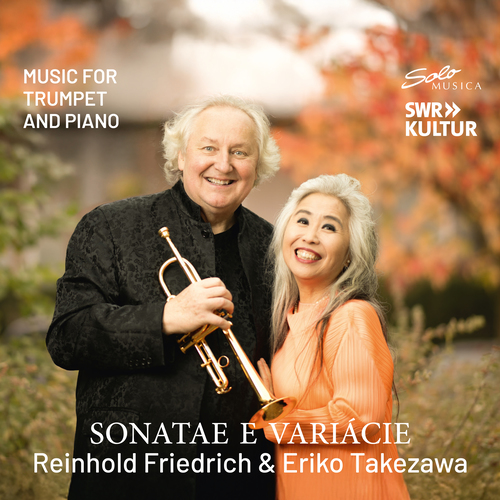
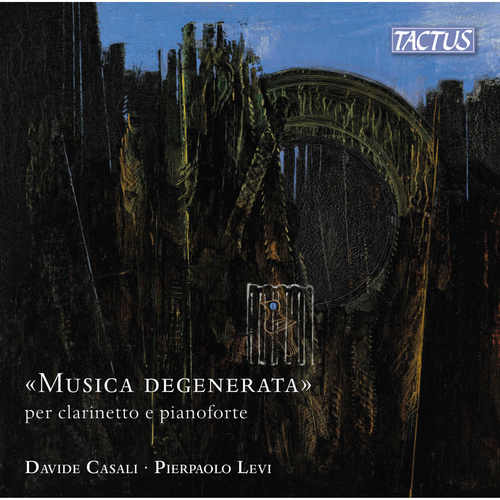
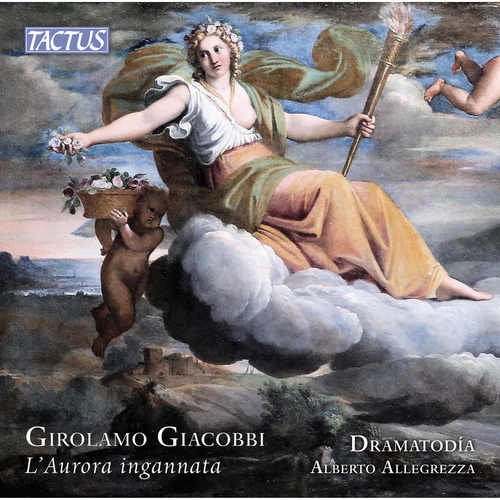
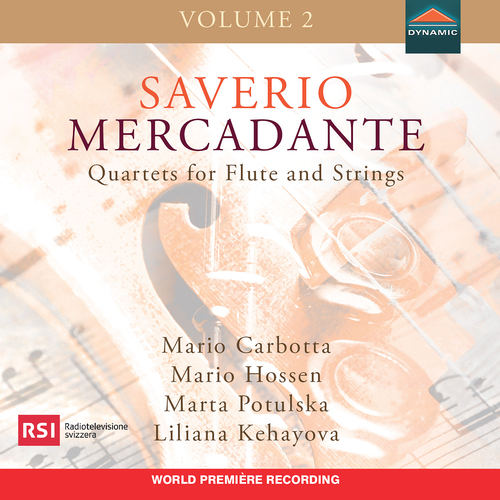
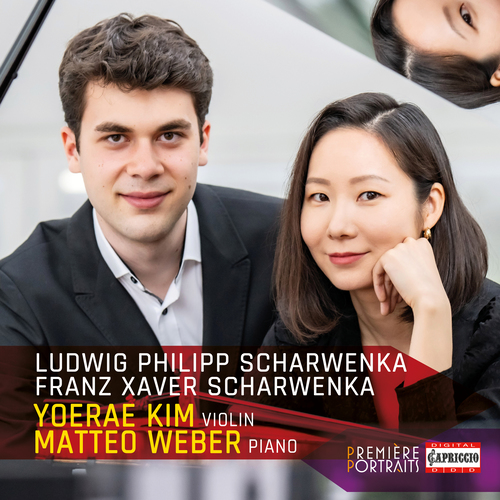
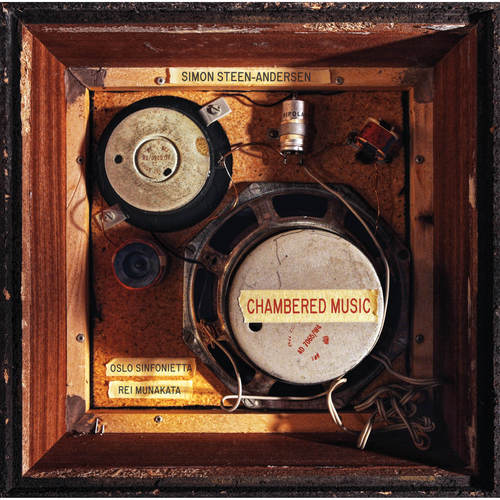
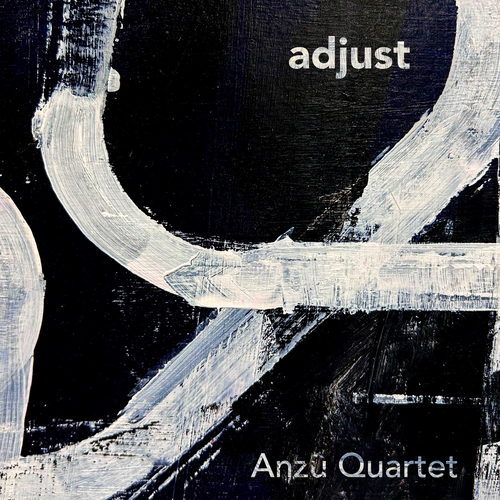
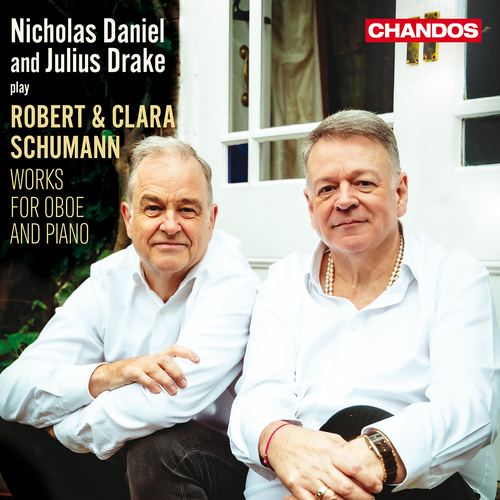
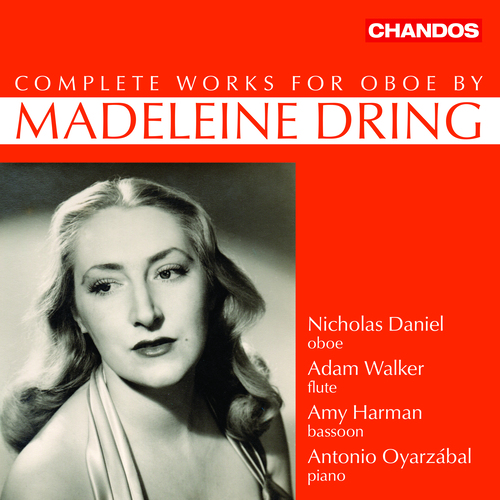
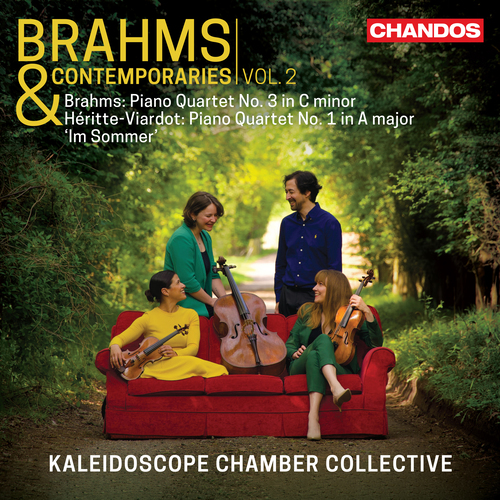
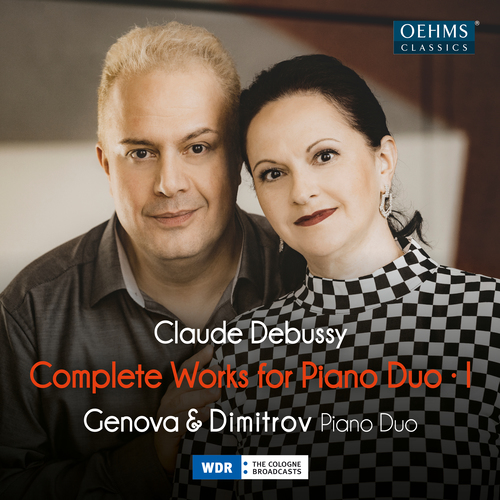
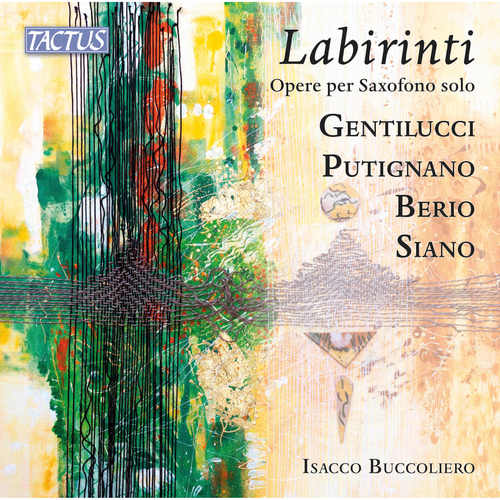
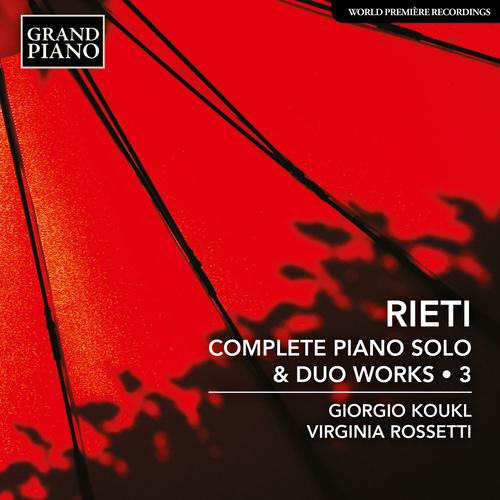
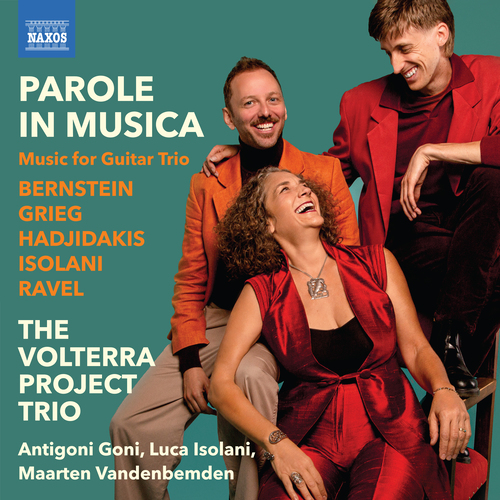

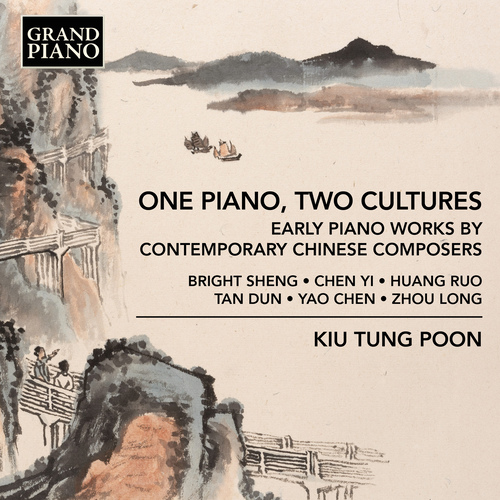
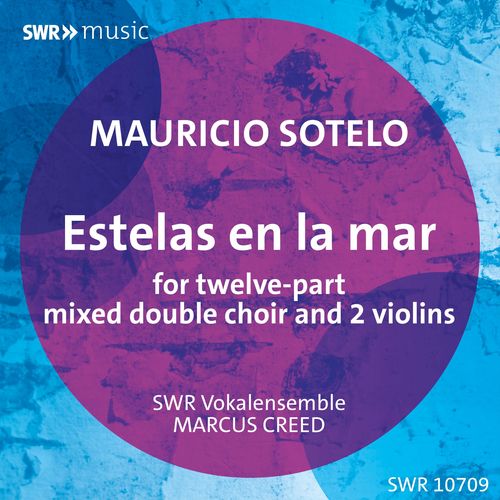
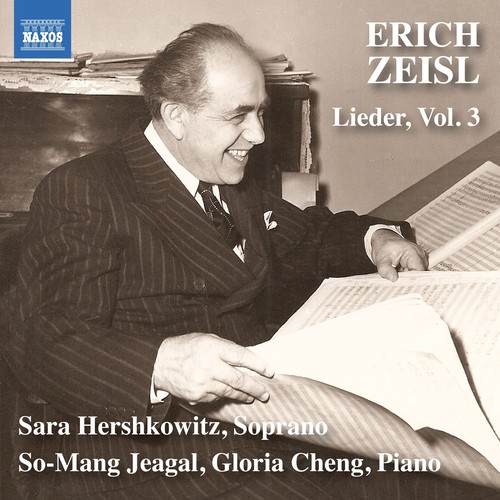
![ADAM, A.: Griseldis, ou Les cinq sens [Ballet-Pantomime] ADAM, A.: Griseldis, ou Les cinq sens [Ballet-Pantomime]](https://cdn.naxos.com/sharedfiles/images/cds/hires/8.574621-22.jpg)
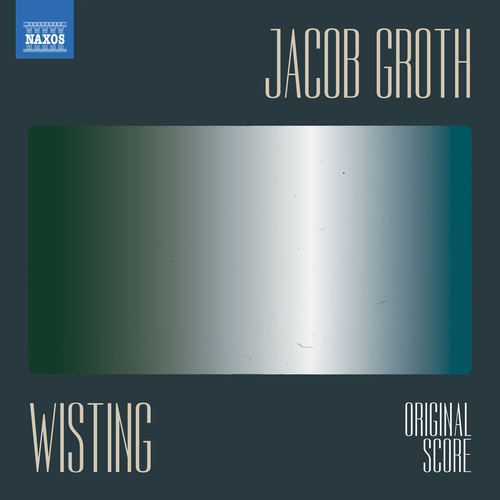
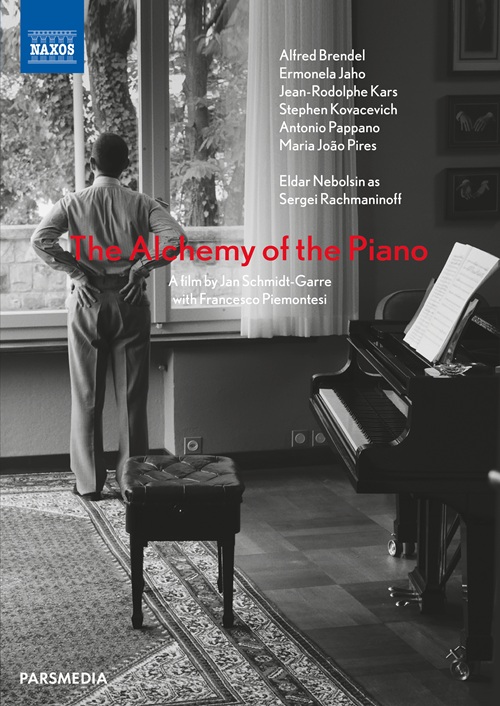
![PUCCINI, G.: Turandot [Opera] (Arena di Verona, 2022) PUCCINI, G.: Turandot [Opera] (Arena di Verona, 2022)](https://cdn.naxos.com/sharedfiles/images/cds/hires/769608.jpg)
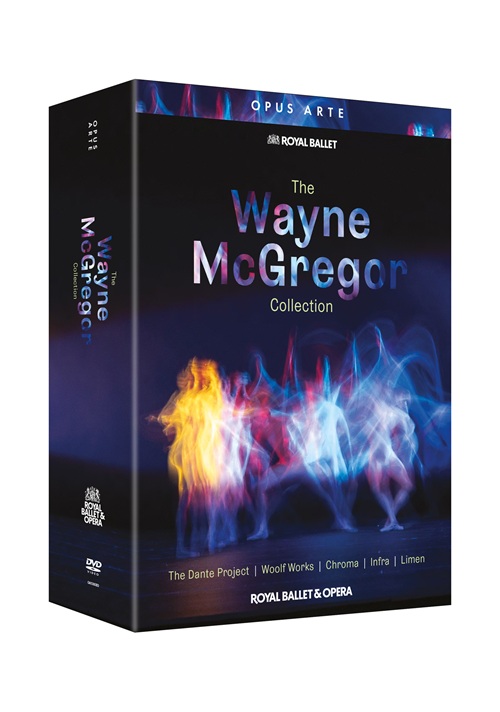
![ROSSINI, G.: Adina [Opera] (Rossini Opera Festival, 2018) (NTSC) ROSSINI, G.: Adina [Opera] (Rossini Opera Festival, 2018) (NTSC)](https://cdn.naxos.com/sharedfiles/images/cds/hires/767108.jpg)
![ROSSINI, G.: Adina [Opera] (Rossini Opera Festival, 2018) (Blu-ray, HD) ROSSINI, G.: Adina [Opera] (Rossini Opera Festival, 2018) (Blu-ray, HD)](https://cdn.naxos.com/sharedfiles/images/cds/hires/767204.jpg)
